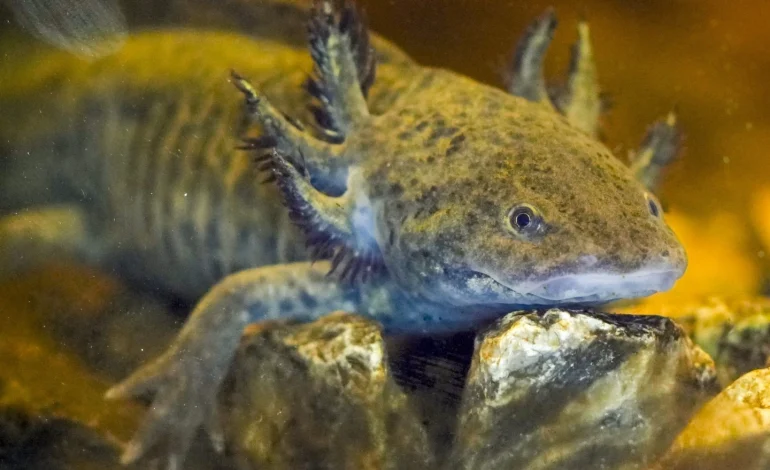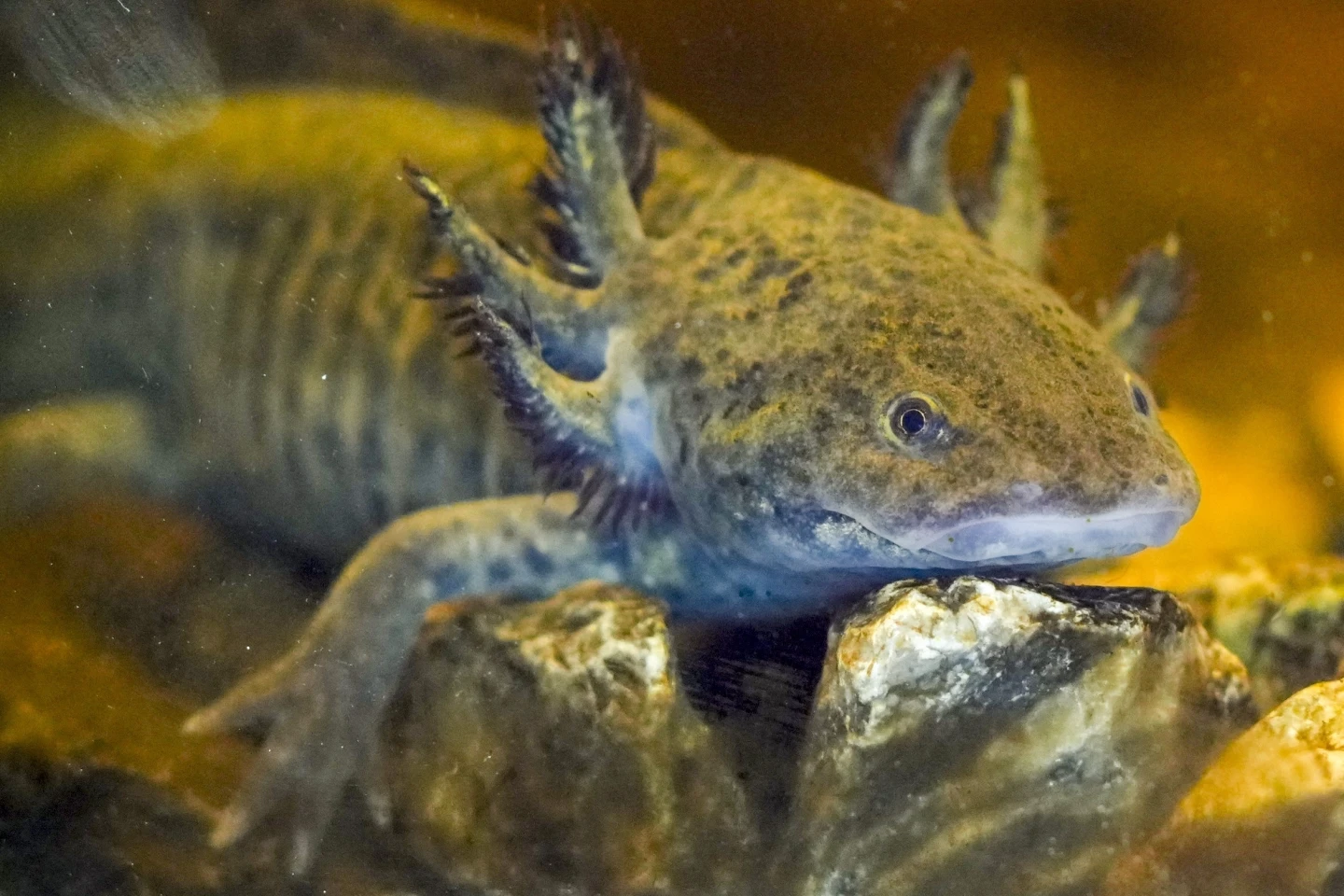From Aztec God to Beloved Salamander: Axolotl’s Appeal in Mexico

The axolotl, a unique amphibian native to central Mexico, is experiencing a surge in popularity, fueled by a mix of cultural significance, biological marvels, and modern-day representation, The Associated Press reports.
But legend has it this isn’t just any salamander; it’s a fallen god.
“It’s an interesting little animal,” says Yanet Cruz, chief of the Chinampaxóchitl Museum in Mexico City, dedicated to the axolotl and the ancient chinampas, floating agricultural systems that still thrive in Xochimilco.
While currently listed as “critically endangered” by the IUCN Red List, a parallel phenomenon is emerging alongside conservation efforts: “axolotlmania.”
The amphibian’s recent introduction to the popular video game Minecraft in 2021, coupled with the Central Bank of Mexico’s decision to feature it on the 50-peso bill, has propelled the axolotl into the spotlight.
Today, the axolotl’s image is ubiquitous throughout Mexico, adorning murals, crafts, and even socks. Bakeries offer axolotl-shaped treats, and a local brewery, aptly named “Ajolote” in Spanish, pays homage to the iconic salamander.
But its story extends far beyond its contemporary popularity. Before the Spanish conquest, the axolotl held a significant place in Mesoamerican cosmology, appearing in ancient documents despite lacking prominent archaeological representations like those of other deities.
According to Nahua mythology, the god Xolotl, associated with the evening star, refused to sacrifice himself alongside other gods to bring movement to the world. Instead, he fled, transforming himself into various creatures, including the axolotl, to avoid death.
The myth implies that, after a god’s passing, its essence gets imprisoned in a mundane creature, subject to the cycles of life and death. Axolotl then carries within itself the Xolotl deity, and when the animal dies and its divine substance transits to the underworld, it later resurfaces to the earth and a new axolotl is born.
Beyond the mythology, the axolotl’s remarkable biological features contribute to its allure. With its ability to breathe through gills, skin, and lungs, and regenerate parts of its heart, spinal cord, and brain, it’s no wonder it has become a source of fascination.
Axolotl can be purchased as pets, with prices starting at 200 pesos (around $10 USD) at places like Ambystomania, where they are sold once they reach a suitable size. But its natural habitat, the canals and lakes of Xochimilco, faces increasing pollution, threatening its survival.
Despite its resilience – the axolotl can potentially survive attacks and dry seasons in ideal conditions – the species is still endangered in the wild.
The chinampas of Xochimilco play a crucial role, providing not only a breeding ground for the axolotl but also a space for traditional agriculture, where communities continue to cultivate maize, chili, beans, and zucchini, despite ongoing environmental challenges.
The axolotl, a creature interwoven with Mexican history, mythology, and biology, continues to captivate and inspire, reminding us of the delicate balance between tradition, modernity, and the urgent need for conservation.







